



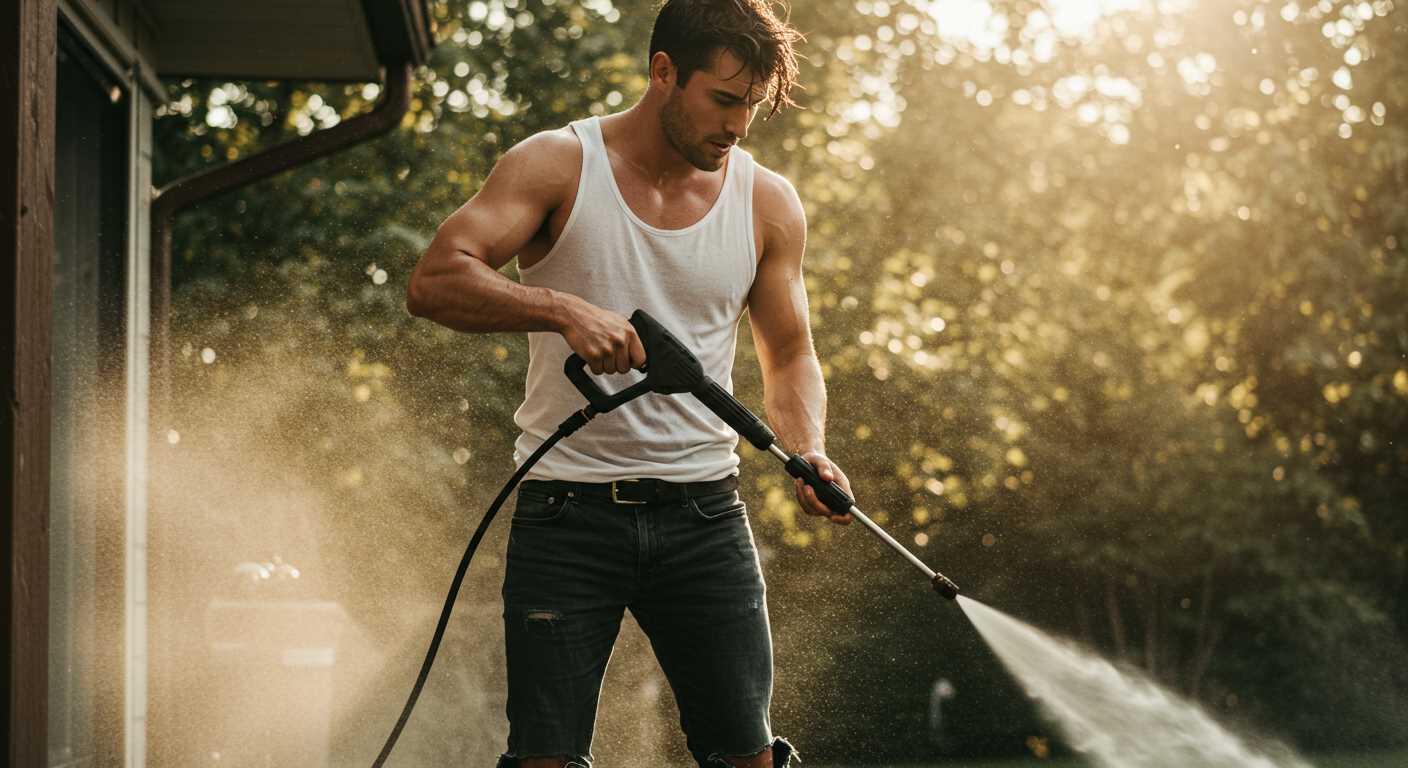
First, ensure you have the right tools at hand: a set of screwdrivers, a wrench, replacement O-rings, and thread seal tape. These items will make your task much simpler and more efficient. I remember the first time I tackled a similar issue; I had to make multiple trips to the garage for tools, which only added to my frustration. Having everything ready in advance will save you time and hassle.
Begin by disconnecting the device from the power source and water supply to avoid any accidents. A safe environment is crucial. When I first worked on my own unit, I neglected this step and had a minor scare. After ensuring everything is off, inspect the connections and fittings for signs of wear and tear. Often, the source of the problem is a worn-out seal or a loose connection.
If you identify damaged O-rings or seals, replace them promptly. These components are relatively inexpensive and can make a significant difference in performance. I once spent a weekend struggling with a persistent drip, only to discover that a simple O-ring replacement would have resolved the issue in minutes. After replacing, use thread seal tape on the threads of any fittings to provide extra protection against leaks.
Finally, reassemble your equipment and test it. Run the machine for a few minutes to ensure everything is functioning correctly and the water is flowing as it should. You’ll be surprised at how a few simple adjustments can restore your cleaning tool to its former glory. Remember, taking the time to address these minor issues can extend the life of your equipment significantly, as I’ve learned through my years of experience. Happy cleaning!
Repairing a Dripping Nozzle
To tackle a dripping nozzle, first remove the handle from the device. Often, the cause of the leak is a worn-out O-ring or a loose connection. Check the O-ring for cracks or wear; it’s a common issue I’ve encountered numerous times. If needed, replace it with a new one, ensuring you get the right size for your model.
Steps to Follow
1. Detach the handle from the main unit.
2. Inspect the O-ring and any seals within the handle assembly.
3. If they’re damaged, purchase replacements at a local hardware store or online.
4. Reassemble the handle, ensuring all connections are tight.
Common Issues to Look For
| Issue | Solution |
|---|---|
| O-ring wear | Replace with a new O-ring of the correct size. |
| Loose fittings | Tighten all connection points securely. |
| Cracked handle | Consider replacing the entire handle assembly. |
In my experience, a thorough inspection before reassembly often prevents future leaks. Always keep spare parts on hand for quick fixes. Regular maintenance is key to prolonging the life of your equipment and ensuring it operates smoothly.
Identifying the Source of the Leak in the Gun
Begin by checking the trigger assembly. Often, a worn or damaged seal within this area can cause water to escape. Remove the trigger and inspect the o-rings for any signs of wear or cracks. If you notice any damage, replace them with new seals to restore functionality.
Examining the Hose Connection
Next, focus on the connection point between the hose and the handle. A loose or improperly fitted connection can lead to leaks. Ensure that the hose is tightly screwed in and that any washers are intact. If there’s damage to the threads or the connection point, it may need to be replaced entirely.
Inspecting the Nozzle
The nozzle is another potential culprit. Check for clogs or blockages that might cause pressure build-up, leading to leaks. Clean the nozzle thoroughly or replace it if necessary. Sometimes, a simple cleaning can resolve the issue. If you find that the nozzle is cracked, consider getting a new one to prevent future leaks.
For those interested in capturing the repair process, consider using a digital camera come with picture fix to document your progress. It’s a handy tool for visual reference and can help you troubleshoot any recurring issues in the future.
Gathering Necessary Tools and Replacement Parts
Before tackling any maintenance task, it’s crucial to assemble the right tools and components. For this job, I recommend having the following items on hand: a set of adjustable wrenches, a screwdriver (both flathead and Phillips), and pliers. These tools will help you access and tighten any fittings that may be contributing to the issue.
When it comes to replacement parts, focus on the specific components that are prone to wear. Typically, you’ll need O-rings, seals, and possibly a new nozzle or connector, depending on the source of the issue. I’ve found that purchasing a repair kit designed for your specific model can simplify the process, as it often includes all necessary gaskets and seals. Always check the manufacturer’s specifications to ensure compatibility.
Having a clean workspace is also beneficial. Lay out the tools and parts neatly to avoid confusion during the process. If you’re considering upgrading your equipment, you might find it helpful to compare different brands. For example, take a look at this comparison of Generac vs Troy Bilt pressure washers which is the right choice for you. It can provide insights into what features to look for when selecting new equipment or parts.
Disassembling the Pressure Washer Gun Safely
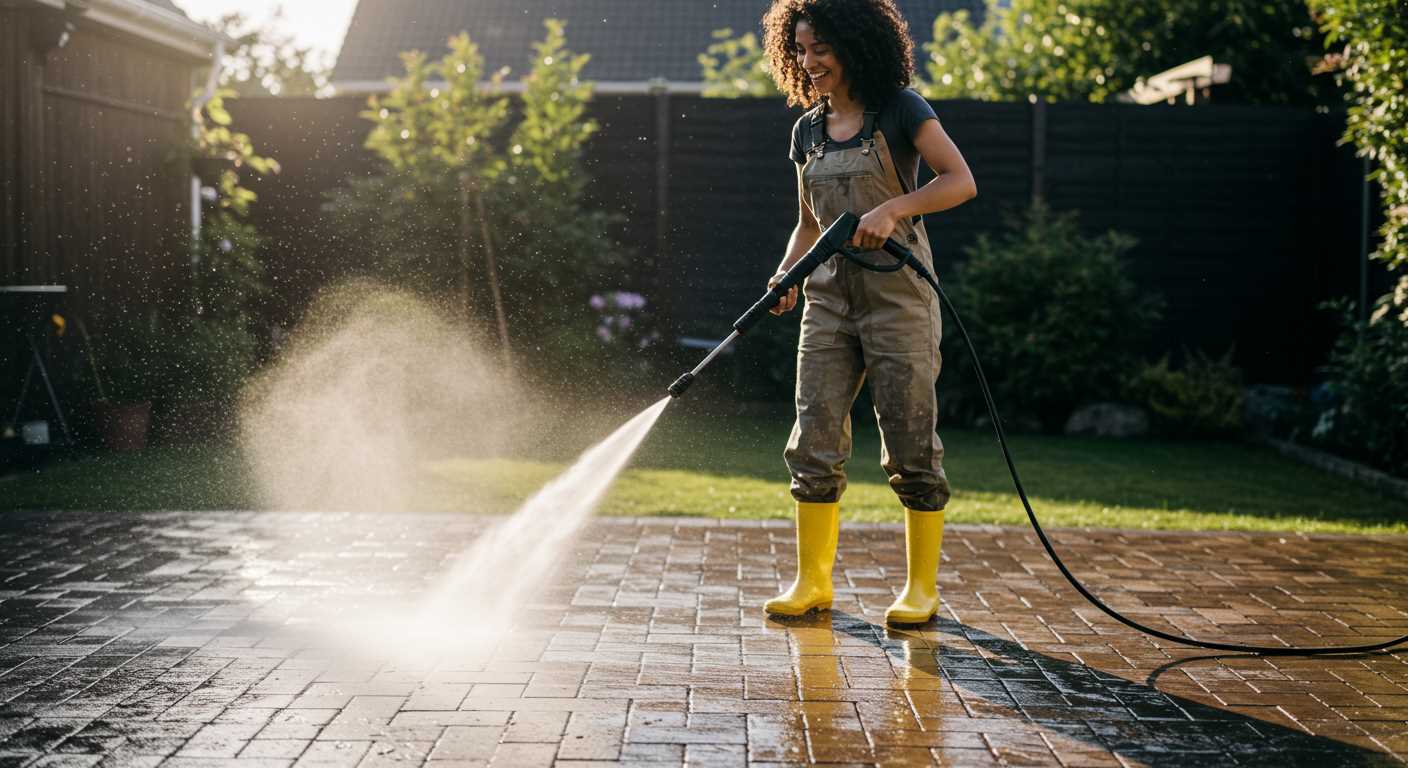
Begin by disconnecting the equipment from the power source and water supply. Safety should always come first. Once disconnected, depress the trigger to release any residual pressure. This step is vital to prevent accidental discharge while working.
Next, gather your tools. You’ll need a set of screwdrivers, possibly a wrench or pliers, and a clean workspace to lay out all components as you disassemble. Keeping everything organised simplifies reassembly.
Start with the nozzle attachment. Often, this is secured with a simple twist or a small locking mechanism. Remove it carefully to avoid damaging any threads. Set it aside in a designated spot.
- Unscrew any visible screws holding the casing together. Pay attention to the size and type of screws, as you may need different tools for different screws.
- As you remove each part, place it in order of disassembly. This method helps to recall the sequence during reassembly.
- Inspect O-rings or seals as you disassemble. These are common culprits for issues, and if they appear worn or damaged, make a note to replace them.
When you reach the internal components, handle them gently. Each piece is designed to work in harmony, and rough handling can lead to further complications. If you encounter resistance, double-check for any screws or clips that may still be in place.
With everything disassembled, take a moment to clean the components with a soft cloth. This simple maintenance step can prevent future complications. Once clean, assess each part for wear and tear, making a list of any items requiring replacement.
Follow these steps meticulously, and you’ll set a solid foundation for addressing any issues with your cleaning device. Remember, attention to detail will save you time and effort in the long run.
Replacing O-Rings and Seals to Stop Leaks
To eliminate leaks, focus on replacing O-rings and seals. These components wear out over time, especially with regular use. I recall a situation where a friend’s machine constantly dripped water. The culprit? A worn O-ring that had lost its elasticity. Simple replacement made a world of difference.
Identifying the Right Size
Before you head to the store, you need to measure the existing O-rings and seals. Use a calliper to get precise dimensions. If you can’t find the exact size, a set of universal O-rings might do the trick. Just ensure they’re made of high-quality material to withstand the pressure and heat.
Installation Tips
When installing new O-rings and seals, apply a small amount of lubricant to help them slide into place without damage. Be mindful of the orientation; some seals have a specific direction for installation. Once everything is in place, reassemble the components carefully. A tight fit will prevent any future issues. After reassembly, test the unit for leaks before putting it back into regular use. I once overlooked this step, and it cost me extra time and hassle. A quick test can save a lot of frustration later on.
Reassembling the Pressure Washer Gun Correctly
Align all components precisely before securing them, ensuring that O-rings and seals fit snugly into their respective grooves. I recall a time when I rushed this step, leading to a frustrating spray during testing. Take your time – it’s worth it. Start by placing the trigger mechanism back into the housing, ensuring it moves freely. A common mistake is misaligning the trigger, which can cause it to jam.
Securing the Assembly
Use the appropriate screws to fasten the body. Avoid overtightening, as this can strip the threads or crack the housing. I’ve seen this happen far too often. Instead, tighten each screw in a star pattern, which distributes pressure evenly. Once the body is secure, reattach any additional components like the nozzle or connection fittings, making sure they seat correctly without cross-threading.
Final Checks
After reassembly, conduct a thorough inspection. Confirm that all parts are in place and check for any visible gaps that could indicate improper assembly. I always recommend performing a test run at a lower pressure setting first. This allows you to observe any irregularities without risking damage. If everything looks good, gradually increase the pressure while monitoring the system for any signs of trouble. This final check is invaluable; I’ve saved myself from potential issues by being diligent at this stage.
Testing for Leaks After Repairing the Gun
After completing the necessary fixes, it’s crucial to ensure everything is functioning correctly. Begin by reconnecting the wand to the main unit and tightening all connections securely. This initial step helps prevent any accidental disconnections during the testing phase.
Visual Inspection
- Check all joints, seals, and fittings for visible signs of moisture.
- Inspect the area around the trigger and nozzle for any signs of dampness.
- Look closely at the O-rings; even slight deformation can lead to issues.
Pressure Test
Next, perform a pressure test. Follow these steps:
- Turn on the machine and allow it to reach the operating pressure.
- With the trigger released, observe for any leaks around connections.
- Gently squeeze the trigger and monitor the flow. Any unexpected spray indicates a problem.
During my time in the cleaning equipment field, I found that even minor leaks can lead to significant performance issues. If you notice any leaks, revisit your earlier repairs, ensuring that all components are installed correctly and securely. Don’t hesitate to replace any suspect parts, as it’s often easier to fix a small issue now than to deal with a larger one later.
Finally, after confirming that everything is leak-free, conduct a thorough test run. Use the washer on a small area to check for consistent performance and ensure that the adjustments have made a noticeable improvement. If all goes well, you can confidently move on to your cleaning tasks.

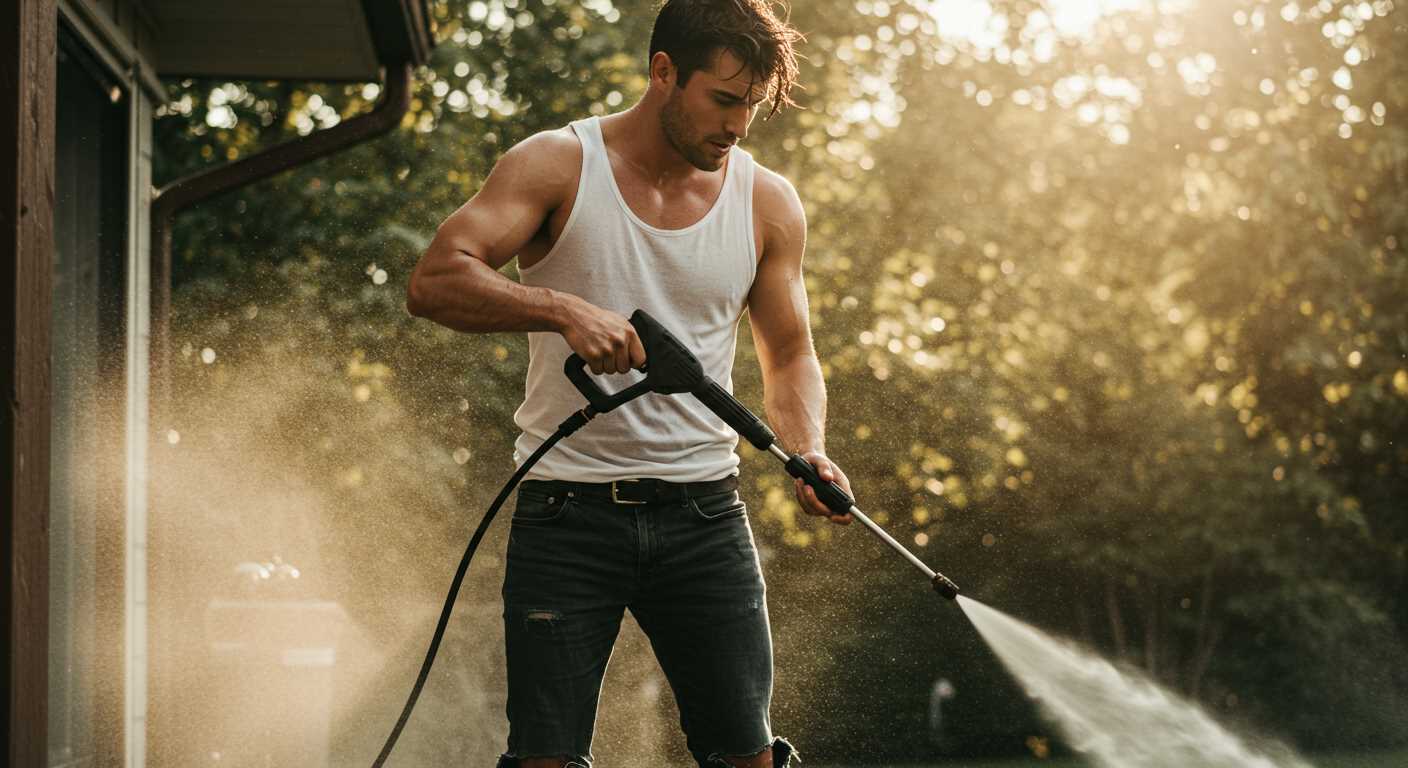
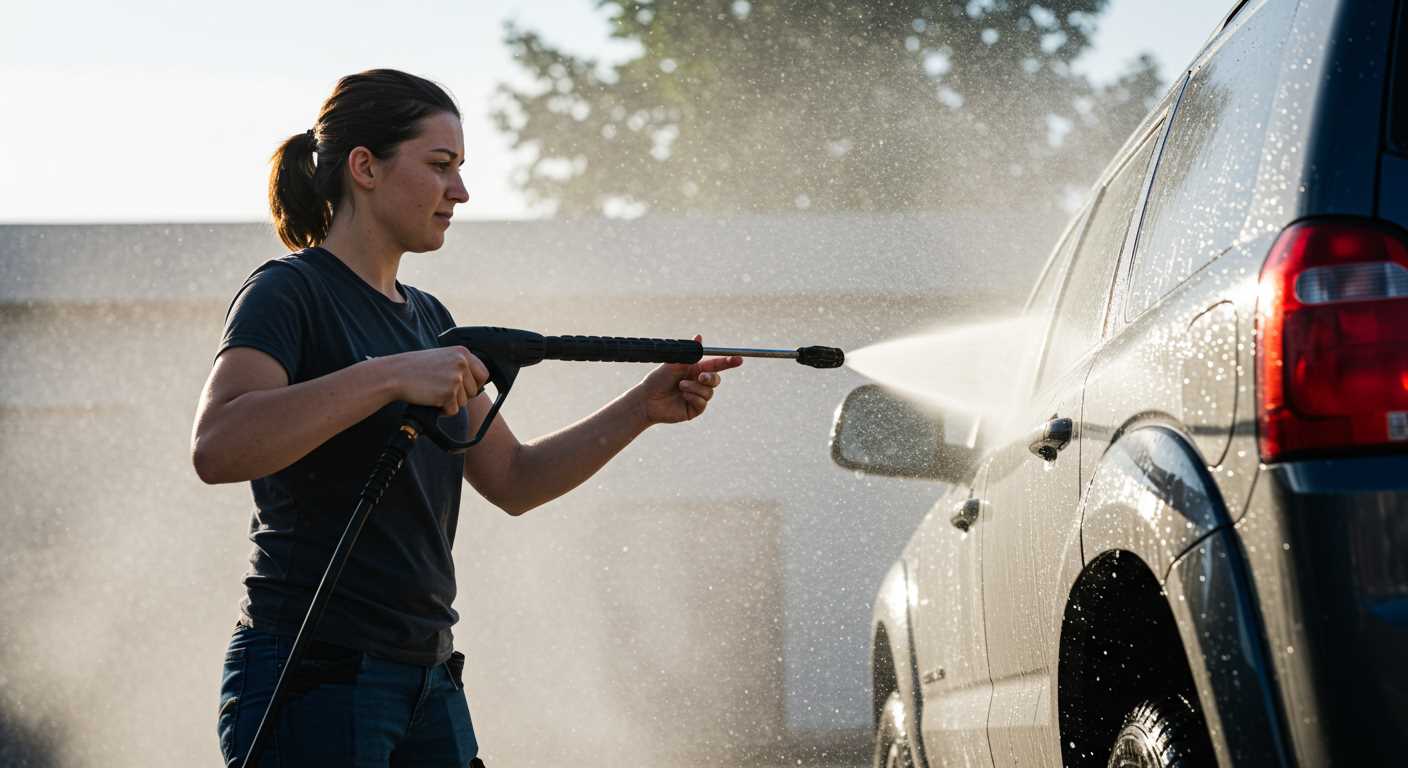
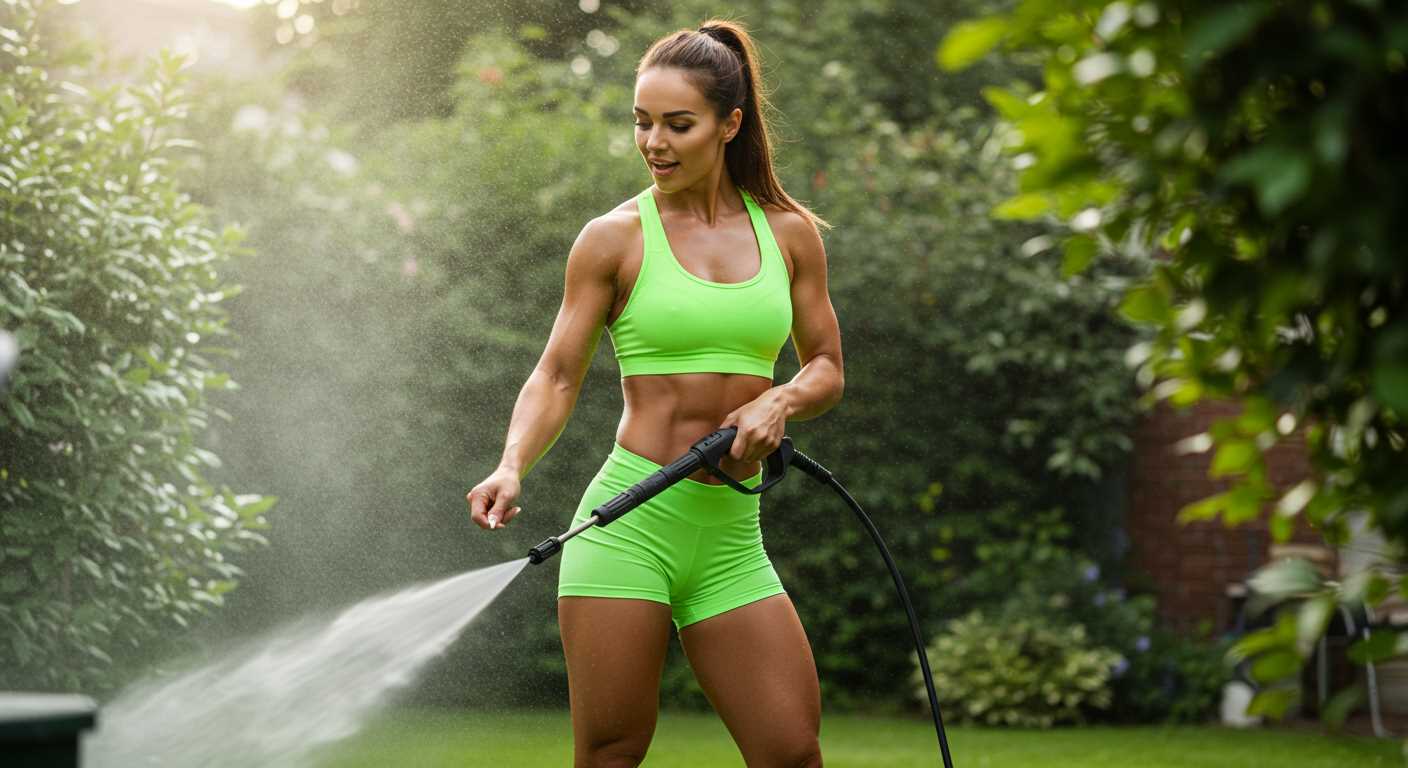
.jpg)


